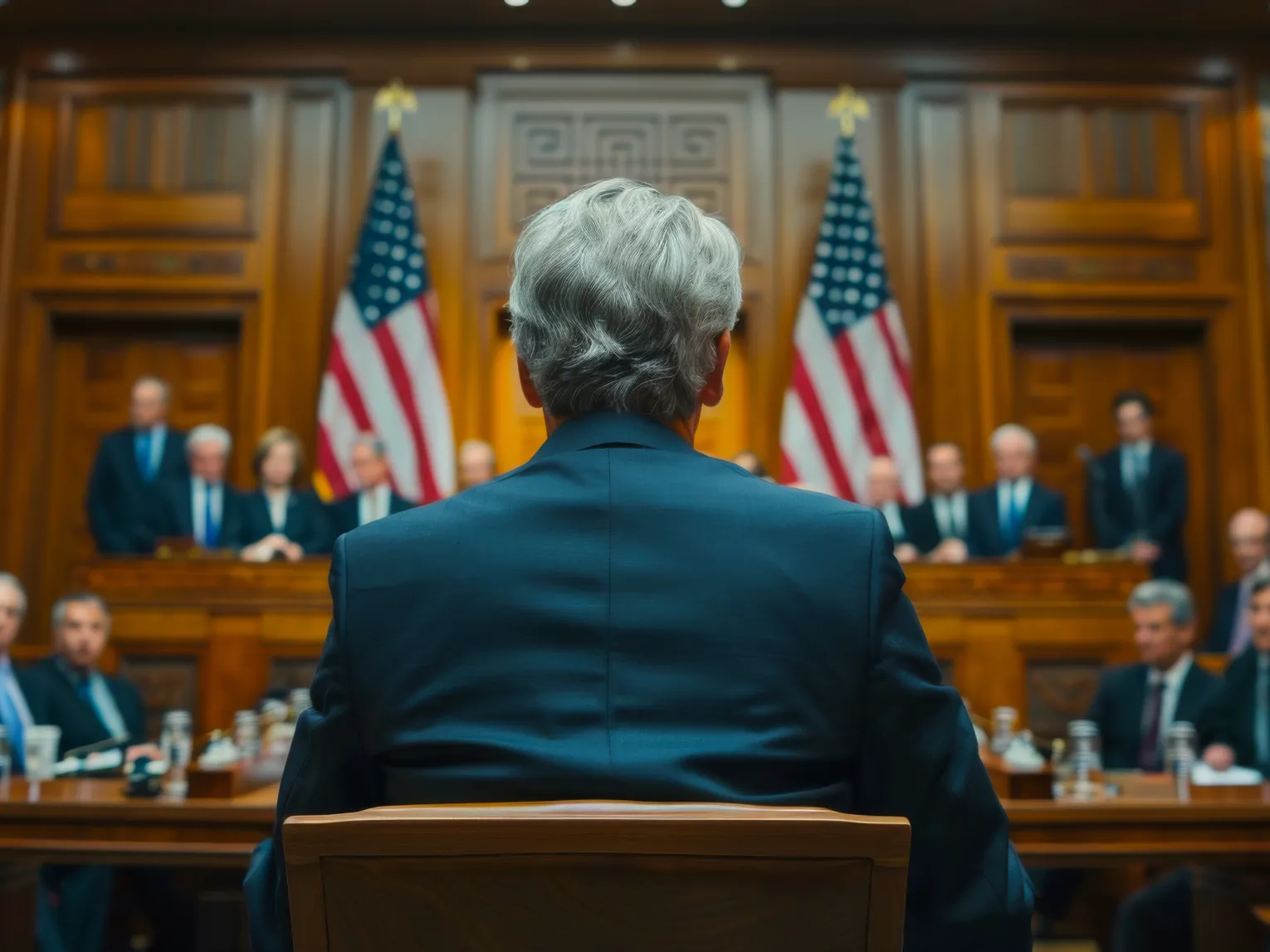For decades, the US Federal Reserve has carefully cultivated and promoted the idea that it is somehow separate and independent from the US regime that created it.
The ruse has certainly worked. Economists and media pundits frequently refer to this alleged Fed “independence” as if it were a given, and as if there were a wall of separation between the executive branch and the central bank. Others take it even further, and in podcasts and social media one encounters a variety of crackpot theories asserting that the Fed is somehow at odds with the regime, or that the Fed answers only to bankers without regard for the regime’s agenda. Some of those who have been hoodwinked by the Fed-independence myth will, at times, even claim that the Fed is some kind of benevolent fifth column that’s trying to undermine federal fiscal profligacy and save the dollar from tax-and-spend politicians.
Yes, the senior technocrats at the Fed don’t always agree with Congressional or White House priorities, but the same could be said of diplomats at the State Department. Few would claim, however, that disagreement means there is “State-Department independence.”
Indeed, its true that bureaucrats generally prefer to do their own thing without having to get approval from the higher-ups. In this respect, Fed personnel are no different from senior technocrats at any executive-branch department. In practice, however, historical experience shows that, time and again, the Federal Reserve has “coordinated” its policies with those of the Treasury and the administration to ensure that the federal government gets exactly what it wants from the central bank.
Keeping the War Machine Going
During the great Depression and the Second World War, for example, the executive branch under Franklin Roosevelt overtly managed the Federal Reserve and required the Fed’s close cooperation with the White House. During this period, the Fed had attempted to gain more autonomy, but only ostensibly succeeded in doing so with a 1935 amendment to the Federal Reserve Act. These timid efforts at independence were cut short by the onset of the Second World War. According to a report from the Richmond Fed,
When the United States entered World War II, the Fed became again a mechanism by which the government could more cheaply finance the war effort. In April 1942, the Fed announced a policy of cooperating with the Treasury to keep interest rates low. By 1947, the Fed was summarizing its “primary duty” as “the financing of military requirements and of production for war purposes.” In his memoirs, [Fed Chairman Marriner] Eccles even described his work during this period as “a routine administrative job” as the Fed “merely executed Treasury decisions.” Alan Sproul, the president of the New York Fed, lamented, “We are not the masters in our own house.” […]
— Read More: mises.org
It’s becoming increasingly clear that fiat currencies across the globe, including the U.S. Dollar, are under attack. Paper money is losing its value, translating into insane inflation and less value in our life’s savings.
Genesis Gold Group believes physical precious metals are an amazing option for those seeking to move their wealth or retirement to higher ground. Whether Central Bank Digital Currencies replace current fiat currencies or not, precious metals are poised to retain or even increase in value. This is why central banks and mega-asset managers like BlackRock are moving much of their holdings to precious metals.
As a Christian company, Genesis Gold Group has maintained a perfect 5 out of 5 rating with the Better Business Bureau. Their faith-driven values allow them to help Americans protect their life’s savings without the gimmicks used by most precious metals companies. Reach out to them today to see how they can streamline the rollover or transfer of your current and previous retirement accounts.


